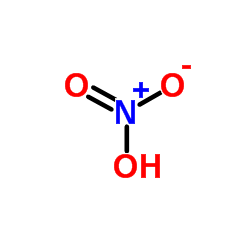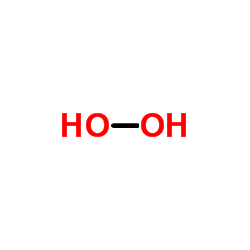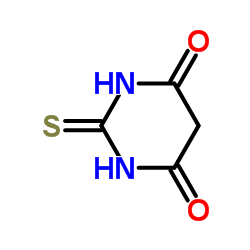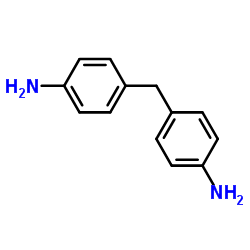| 结构式 | 名称/CAS号 | 全部文献 |
|---|---|---|
 |
硼氢化钠
CAS:16940-66-2 |
|
 |
盐酸
CAS:7647-01-0 |
|
 |
氢氧化钠
CAS:1310-73-2 |
|
 |
硝酸
CAS:7697-37-2 |
|
 |
过氧化氢
CAS:7722-84-1 |
|
 |
3-乙基-2,4-戊烷二酮
CAS:1540-34-7 |
|
 |
磷酸二氢铵
CAS:7722-76-1 |
|
 |
2-硫代巴比妥酸
CAS:504-17-6 |
|
 |
4,4'-二氨基二苯甲烷
CAS:101-77-9 |
|
 |
氯化氢甲醇溶液
CAS:132228-87-6 |